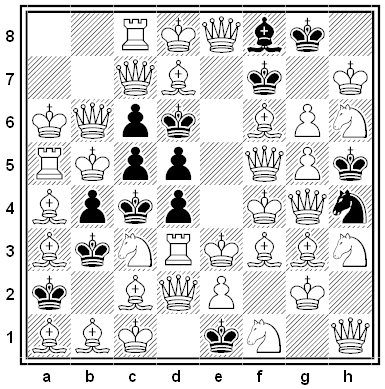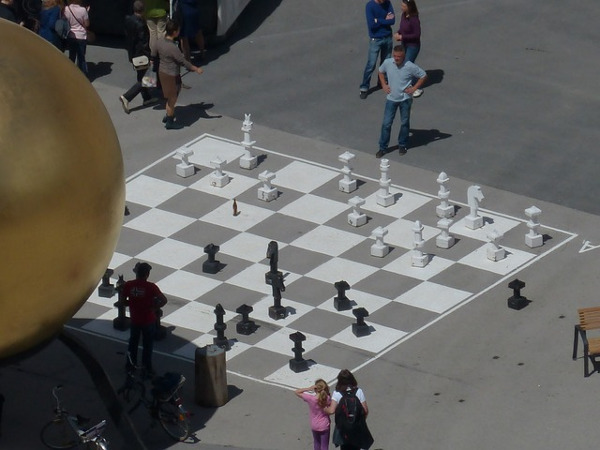Think of the stones as tennis players in a singles tournament. The heavier the stone, the better the player. Each weighing in the balance represents a game between two players, with the better (heavier) player going on to the next round of the tournament.
Since there are 32 players, the tournament will have 5 rounds, with 16, 8, 4, 2, and 1 matches. Each match produces a loser, so this system will eliminate 31 of the 32 players. The best player is unbeatable, so he’ll emerge as the winner no matter how the early rounds are arranged.
How can we find the second-best player? He didn’t win the tournament, so he must have been eliminated at some point. But the only player good enough to beat him is the strongest player, so the two of them must have faced one another in some match. If we refer to the record of the pairings, we can find the five players that the champion eliminated on his way to the top. One of these is the second-best player.
Now if these five players hold a mini-tournament among themselves, the second-best player will win it. This can be done in another four matches, for a total of 35 matches.
From the Leningrad Mathematical Olympiad, via Ross Honsberger’s Mathematical Delights, 2004.










